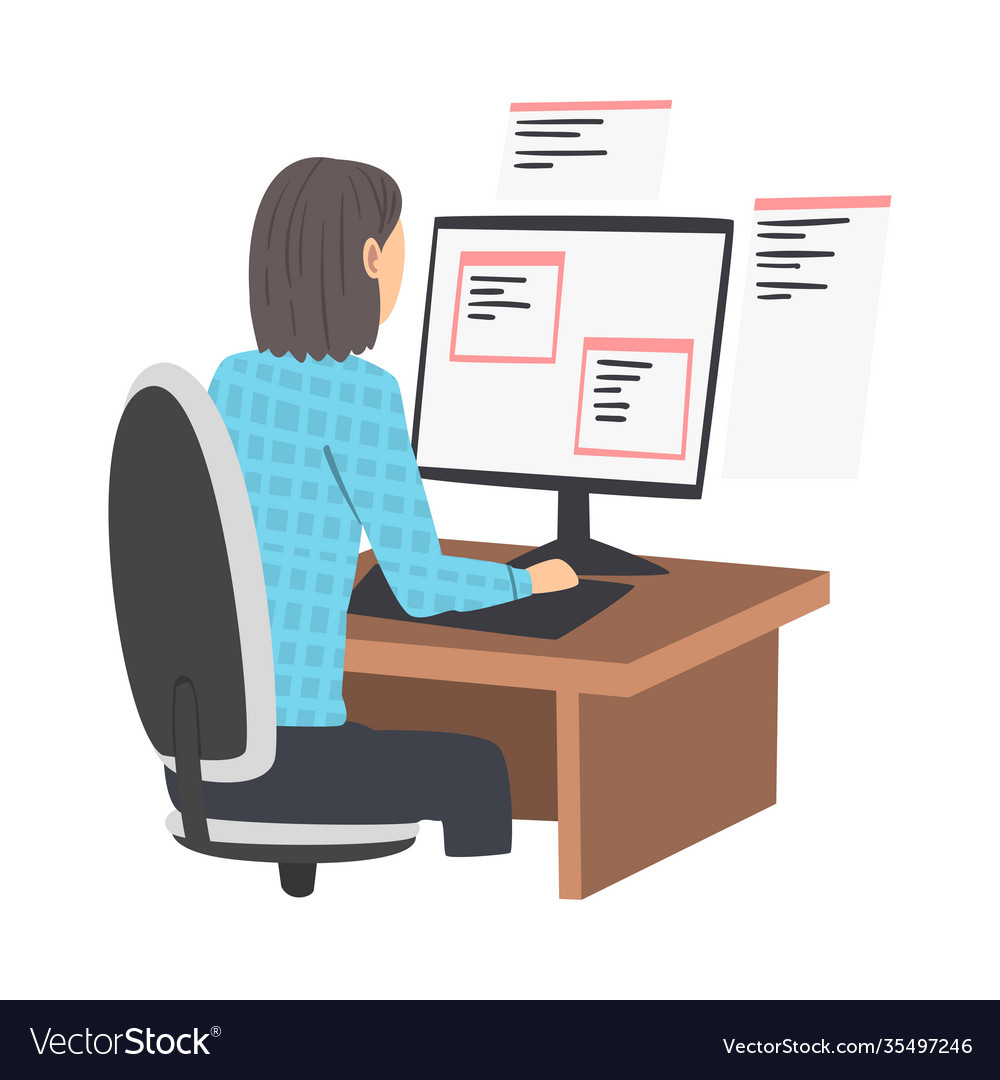The Benefits of a Dedicated Development Team in a Competitive Market
The Benefits of a Dedicated Development Team in a Competitive Market
Blog Article
Devoted Developers vs. In-House Teams: Which Is Right for You?
The decision between making use of dedicated programmers and preserving an in-house team is a substantial one that can affect the trajectory of your tasks and general service method. Conversely, internal groups contribute to a cohesive firm culture and a nuanced understanding of long-term objectives.
Comprehending Devoted Designers
The growing demand for specialized skills in the tech industry has actually caused the development of dedicated programmers as a viable remedy for several organizations. These experts are typically acquired on a job basis, enabling business to leverage particular competence without the lasting dedication related to full time hires. Committed developers are frequently ingrained within a customer's team, offering versatility and scalability to meet project requirements.
This design enables companies to access a global talent pool, which is specifically useful in a quickly progressing technological landscape. Devoted programmers can be sourced from numerous geographical locations, guaranteeing that firms can locate the appropriate capability at affordable rates. They typically bring a wide range of experience and knowledge, having actually dealt with diverse jobs throughout various sectors.
In addition, committed programmers can focus solely on the jobs handy, enhancing performance and efficiency. They are furnished to integrate perfectly into existing operations, teaming up closely with internal teams to attain job purposes. This technique not only reduces the concern of employment and training however likewise permits organizations to continue to be nimble, adjusting quickly to changing market demands and technical improvements.
Benefits of In-House Teams

Furthermore, internal groups have a tendency to have a deeper understanding of the company's objective, values, and objectives. This alignment can enhance worker involvement and motivation, as staff member really feel extra linked to their work and the organization's success. Additionally, having a specialized internal group enables far better placement of techniques and purposes, as these members are constantly focused on the company's priorities.
Internal groups also help with quicker decision-making processes, as they can respond more quickly to adjustments and obstacles. The recognized connections and familiarity with business methods permit streamlined workflows and minimized miscommunication. Eventually, the combination of a cohesive society, placement with organizational objectives, and effective interaction makes in-house teams a valuable property for numerous organizations, specifically those looking to cultivate long-lasting development and advancement.
Cost Considerations
When examining price factors to consider, both internal groups and committed programmers existing unique financial ramifications for organizations. Involving dedicated developers usually entails a pay-per-project or hourly price model, which can be cost-effective for businesses with rising and fall project needs. This strategy enables for versatility in scaling sources up or down, making sure that firms just pay for the services they require.
In comparison, in-house teams require fixed costs, consisting of salaries, benefits, and overhead costs such as workplace and devices. While this version offers better control and prompt accessibility of sources, it may lead to greater long-term expenses, specifically if the workload does not validate a permanent team.
Moreover, business should take into consideration the surprise prices connected with recruitment and training of in-house employees, which can better stress budget plans. In some cases, the time and resources spent on handling an in-house team can interfere with the company's core business purposes.

Project Monitoring and Flexibility
Task monitoring and adaptability are vital aspects that influence the selection in between internal groups and committed programmers. Dedicated programmers usually provide a high degree of versatility, permitting organizations to range sources up or down based upon project demands. This agility can be especially advantageous for businesses experiencing varying work or those seeking to innovate swiftly. Dedicated teams usually have actually developed procedures for handling projects successfully, leveraging certain techniques like Agile or Scrum, which promote repetitive progression and versatility.

Eventually, the choice between dedicated programmers and in-house groups depends upon the preferred level of adaptability and the details project monitoring demands. Business should evaluate their operational dynamics, job intricacy, and resource accessibility to identify which option lines up finest with their tactical goals.
Making the Right Selection
Choosing the appropriate advancement method-- committed developers or in-house teams-- needs a mindful evaluation of numerous elements that align with a company's calculated goals. dedicated development team. First, consider the nature of the job. If it requires specialized skills or a fast scale-up, committed programmers may be better. Conversely, in-house teams can give far better continuity and combination with existing workers.
Following, examine your budget plan. Committed developers typically provide a cost-efficient option for temporary projects, while internal teams may incur higher lasting expenditures as a result of incomes, benefits, and expenses expenses. Examine the degree of control and partnership preferred; internal groups generally foster more powerful interaction and positioning with company society.
If instant outcomes are essential, devoted designers can be onboarded swiftly, whereas developing an internal group takes time for recruitment and training. If constant development is crucial, investing in an her latest blog internal group may yield far better returns over time.
Final Thought
In final thought, the choice in between specialized developers and internal groups pivots on task needs and business goals. Conversely, internal groups cultivate a natural society and much deeper positioning with lasting goals.
The decision in between making use of dedicated designers and maintaining an internal team is a considerable one that can influence the trajectory of your tasks and general organization strategy.Project administration and versatility are vital factors that affect the selection between committed programmers and in-house teams. software development staff augmentation.In comparison, internal teams might excel in maintaining a constant job monitoring structure due to their experience with the company's society and lasting objectives. Committed developers often this page provide an affordable remedy for temporary jobs, while in-house teams might incur greater long-lasting expenditures due to incomes, benefits, and overhead prices.In verdict, the decision between dedicated developers and in-house teams pivots on project demands and organizational objectives
Report this page